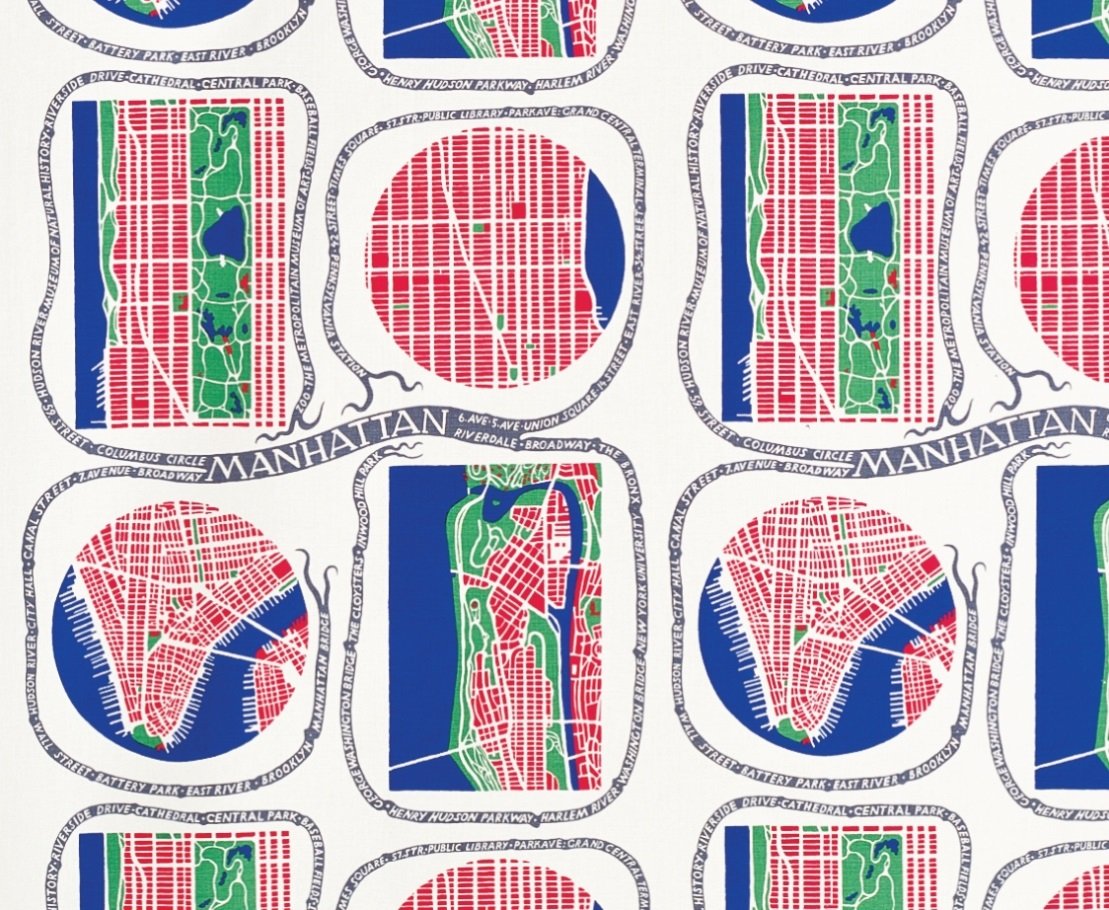Latest blog articles
-

We Write to be Read, should always resonate in the mind of authors of research papers. The contents of Student-Edited Law Reviews (SL Reviews) is decided by students. These reviews offer a forum for outstanding research papers by law students.
-

How does EU consumer laws address dark patterns on the Internet?
-

The widespread use of AI-assisted technologies in the digital sphere has given rise to the concept of digital vulnerability, as a contextual vulnerability experienced by internet users.
-

Content creators, exercising their freedom of expression, may use trade marks in their content in a way that might damage the interests of trade mark proprietors (e.g. use of Nike shoes in a porn movie). How does EU trade mark law address these different interests?
-

The European Patent Convention defines subject-matter that is not eligible for patent protection, such as methods for doing business. However, when implemented by a computer, non-eligible subject matter becomes eligible for patent protection. Is this desirable?
-

Every now and again, and especially when redesigning a curriculum, the question regarding the role and place of legal history in said curriculum is brought up. And rightly so.
-

Only a short drive from Maastricht, border stones still mark the borders of Neutral Moresnet, a small condominium that was the result of a very peculiar round of border negotiations and for over a hundred years was a tax haven, a gambling paradise and a would-be Esperanto state.
-

On 14 and 15 November 2022, UM’s Faculty of Law held the “Logic of International Law Conference.” Henrique Marcos (UM & São Paulo Univ.) and Antonia Waltermann (UM) organised the conference under the auspices of the Globalization and Law Network (GLaw-Net) and the International Law Discussion
-

"It is vital to move from networks to cross-border structures.
-

EU trade mark law excludes certain signs from becoming registered trade marks. In particular, shapes cannot be registered if they are necessary for achieving a technical result. In 2015, the amended Regulation broadened this exclusion to ‘another characteristics'.